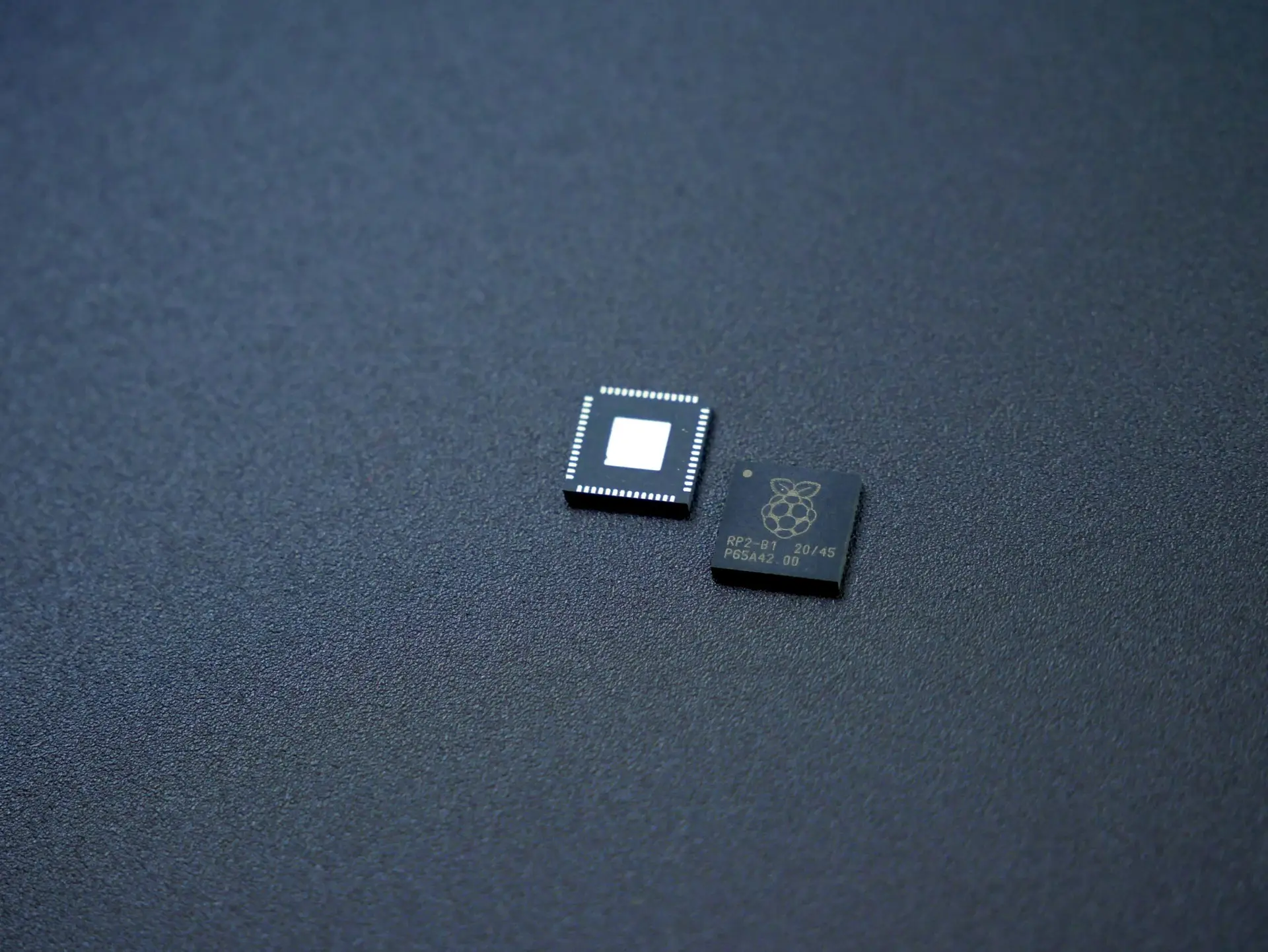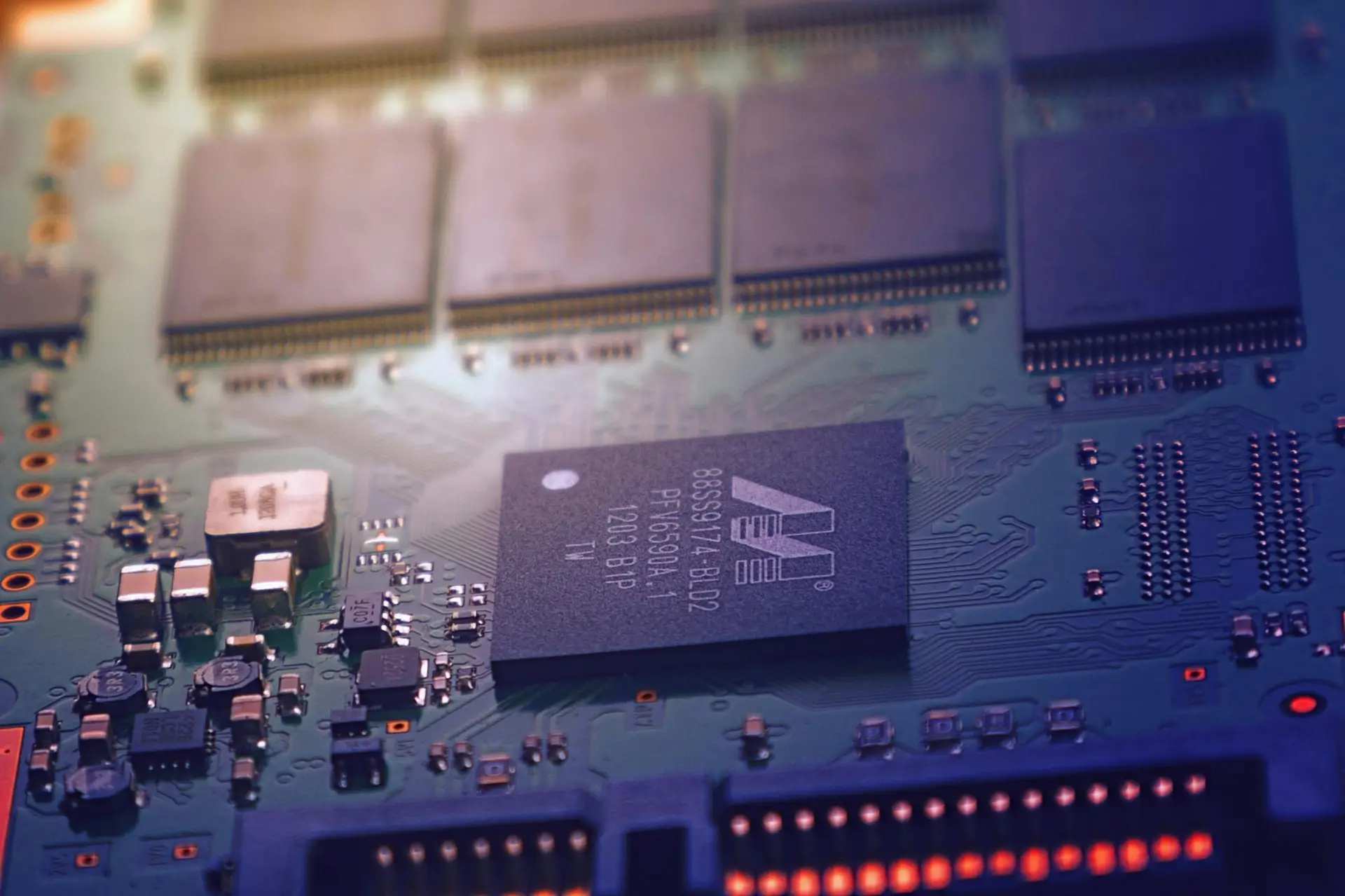Introduction
If resistors are the muscles, capacitors are the lungs, and transistors are the heart of electronics… then Integrated Circuits (ICs) are definitely the brains.
ICs are found in almost everything: your smartphone, a pocket calculator, your microwave, even the toy car that blinks and makes noise. But what exactly is an IC, how does it work, and why are they so powerful? Let’s break it down into simple terms.
What is an Integrated Circuit (IC)?
An Integrated Circuit (IC) is a tiny electronic chip made from semiconductor material, usually silicon, that contains thousands (or even billions!) of miniature components like transistors, resistors, and capacitors.
Instead of building circuits part by part, engineers “integrate” all those components into a single small package—a black chip with legs (pins)—saving space and cost while drastically increasing performance.
👉 Think of it like putting an entire orchestra inside one violin—compact, efficient, and amazing
How Does an IC Work?
At its simplest, an IC:
- Takes input signals (electrical information).
- Processes those signals (using built‑in transistors, resistors, etc.).
- Delivers an output (amplified signals, logic decisions, stored data, etc.).
An IC is basically a complete circuit shrunk into a tiny package.
Applications of ICs (Real-Life Examples)
ICs are literally everywhere. Some of their common uses:
- Microprocessors & Microcontrollers – The “brain” of your PC, phone, and Arduino.
- Memory Chips – Store your documents, photos, and apps (RAM, Flash storage).
- Op-Amps (Operational Amplifiers) – Found in audio systems, sensors, filters.
- Timers & Counters – Classic 555 Timer IC for blinking lights and alarms.
- Voltage Regulators – ICs that keep voltage steady for safe device operation.
- Logic ICs – AND, OR, NOT gates; the building blocks of digital electronics.
Common IC Packages
When you look at an IC, it’s usually a small black rectangle with metal pins. Different shapes exist:
- DIP (Dual In‑Line Package): Classic “bug legs” style, easy to plug into breadboards.
- SMD/SMT (Surface Mount Devices): Tiny packages that solder directly to circuit boards (used in phones).
- QFP/BGA: Advanced packaging for microprocessors with hundreds of connections.
Why Are ICs Called the “Brains” of Electronics?
Because ICs:
- Can make decisions, calculate, and control other components.
- Pack billions of transistors into a fingertip‑sized chip.
- Power everything from watches to spaceships.
Without ICs, your smartphone would still be the size of a house.

